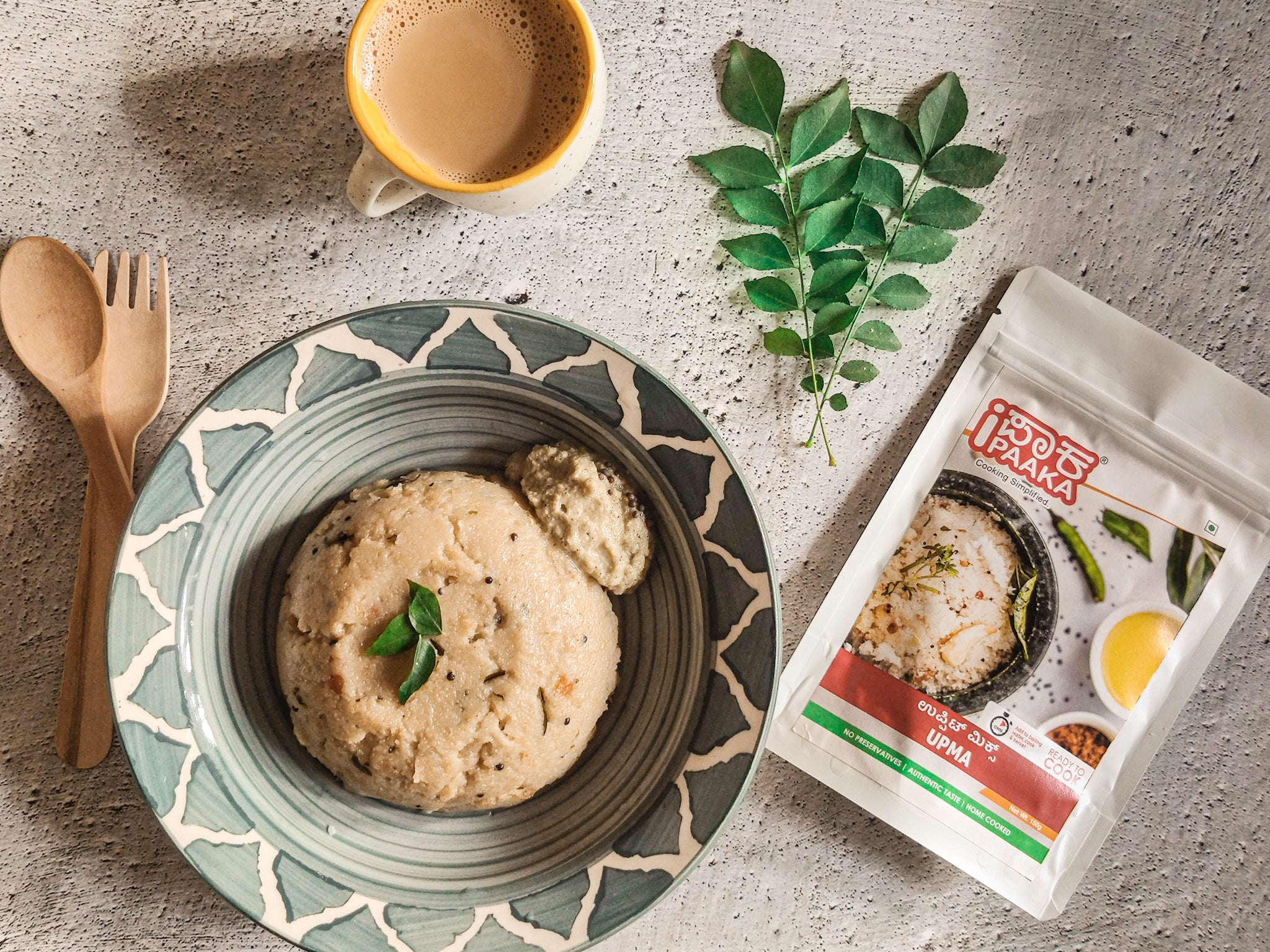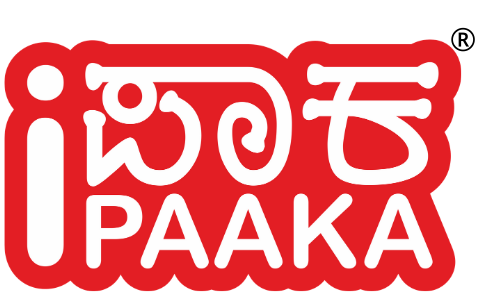
A breakfast in so many avatars, in so many colours, yet so humble & simple!
Mar 09 , 2021
All it needs is a tadka, veggies, and sooji. As the morning dawns on this cold winter day, I can smell that tadka, I think a neighbor used ghee for it and that ginger is distinct and it almost transports me to my childhood. As a kid, I didn't think upma had much of a personality, to me it was food that I need to gulp down with sugar.
As an responsible adult, I realize the sheer simplicity of this dish and its versatility while actually being balanced in its nutritional composition. I am sure this is a popular sentiment amongst many. As someone who travels a lot for work, I realized the 2 dishes I will get, no matter where I am in the country, are Upma & Poha.
So how well do you think you know your upma?
Upma, Uppumavu or Uppittu is a popular South Indian breakfast dish popular across the southern part of the sub-continent and states such as Maharashtra, Odisha and even Sri Lanka. This dish is cooked as a thick porridge from dry-roasted semolina or coarse rice flour. The word for upma in all the south Indian languages combines salt (uppu) and flour (pindi or mavu). It is why you have uppittu (uppu for salt and pittu for flour) in Kannada or uppumavu in Tamil. Semolina (rava) is usually the go-to ingredient for upma almost across south India but there are quite a few iterations with an assortment of staples.
Karnataka cuisine serves up a variation called Khara Baath (here, baath has nothing to do with rice and khara meaning spicy). It’s a spicier version of upma with Karnataka's Sambar powder (not the only spice mix used to create this variant though) added to the tadka before adding the rava. The spice powder, which has cloves, cinnamon, red chillies among other spices, giving it a distinctly different flavor. Khara baath is generally flowy (like a porridge) compared to its cousin (the plain upma), is served with coconut or coriander chutney by its side. Another variant Akki tari uppittu as it is popularly known in kannada is made out of rice rava replacing semolina and cooked with finely chopped vegetables, peas or seasonal beans. This variant of upma takes slightly longer to cook but is grainy in texture.
Uppindi in Andhra cuisine is more mushy and served with a spicy chutney, mostly a tomato pachidi. The Maharashtrians also have their own version. It has a fine balance of salty, sour and sweet, with lemon, coconut and coriander for garnish. In Maharashtra, upma is called sanza. Every grain of rava is plumped up and separated from the other, the Marathi word for this being, suth-suthith. Upma is also made with different flours in villages in Maharashtra, and they are called ukad or ukad pindi, explains food blogger, Anjali Koli. Although this dish is traditionally prepared with Semolina, replacements today include, vermicelli, millets and even oats.
How about giving it a try?




 Reg no-21220195000414.
Reg no-21220195000414.